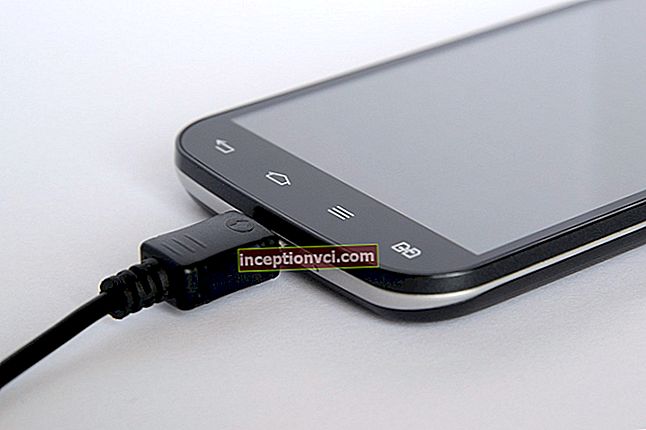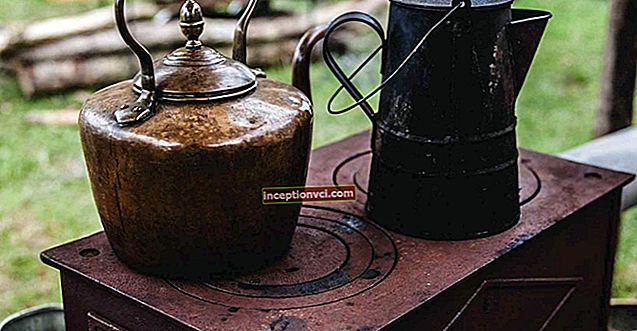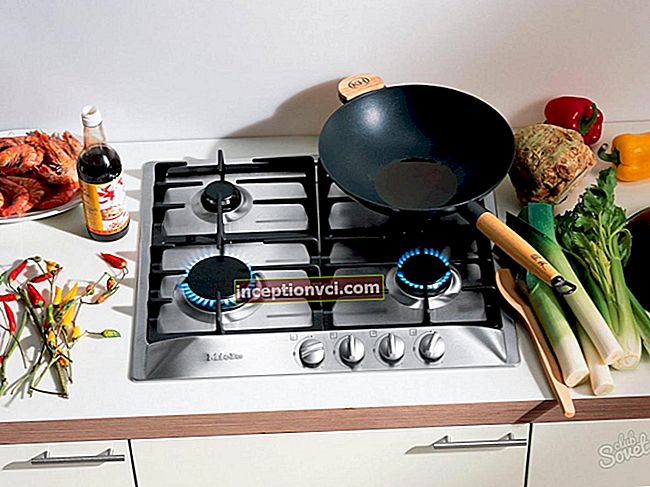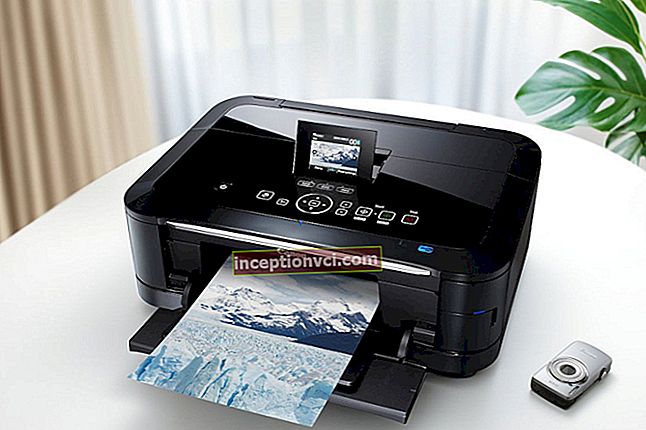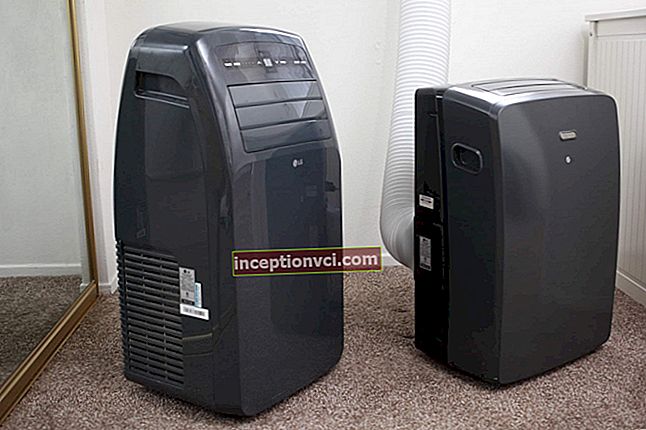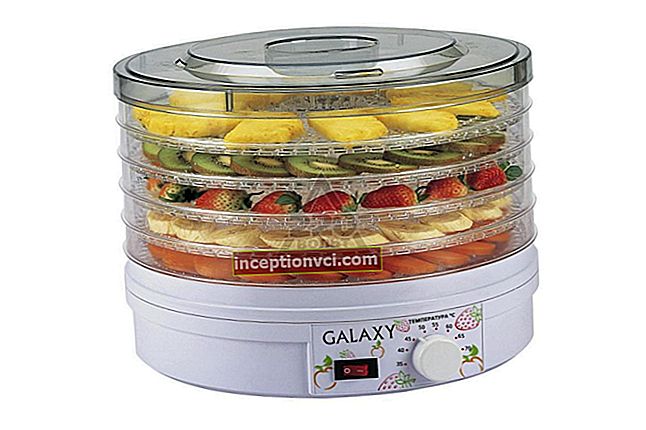Nikon SB-910 flash review
To fully understand the capabilities and subtleties of the Nikon SB-910 flash, you need to read the instructions or shoot with it for several days. It so happened that I did not have instructions in the kit. This is an indisputable disadvantage of not only a complete set of photographic equipment. But since I was shooting with the SB-900 for a long time, I had no difficulty in understanding the SB-910's settings. It turned out to be almost a copy of an older professional flash.
I'll start comparing the SB-910 and SB-900 a little later, but for now I will give the main points in using the SB-910.

First, this flash is capable of automatically recognizing FX and DX format cameras. Well, if this operation was not successful, then in the camera menu you can set the appropriate type manually. Depending on the settings, when using the built-in diffuser, the shortest possible focal length will be available (for the DX camera it is 10 millimeters, for the FX camera - 14 millimeters). Only Nikon SB-900 and Nikon SB-910 can boast of such a wide angle of light scattering. Considering that 10 millimeters for DX and 14 millimeters for FX is the angle limit for Nikon lenses, there is no need to ask for more. The flash is capable of providing scene lighting for both the FX full-frame Nikon 14-24mm f / 2.8G ED AF-S Nikkor and the DX wide-angle Nikon 10-24mm f / 3.5-4.5G ED AF-S DX Nikkor.
In addition, the flash has a fairly large zoom (17-200 millimeters). In fact, when using a DX format camera, the zoom is available in the range of 10 to 200 millimeters. Since the most common focal range for full-frame photographers is between 14-200 millimeters, this flash will be able to function with common optics.
The SB-910 has an impressive guide number. It characterizes the flash output. The number “34” indicates that the flash is more powerful than the SB-600, SB-700 and is similar in power to the Nikon SB-900.
An important feature is a good package. It includes two color filters, a square case, a stand and a diffusion dome.
Also, the Nikon SB-910 flash has all the little things that are indispensable for photography: button illumination, flash card, quick recharge, color filter support, infrared autofocus illumination, quick latch on the shoe and smart overheating program.
The SB-910 is quite heavy at 410 grams. Such a flash is not very convenient to use on a younger line of cameras (Nikon D5100, D5000, and so on), since it introduces a serious weight imbalance in the photographer's kit.
The rotation angle of the head of the device is full 360 degrees. This head is fixed with a button. To release the lock of the current position of the head, press it with great force.
The most important element in the SB-910 is the availability of the Master command mode (control of other flash units), as well as the Slave mode (slave mode), which allows 3 groups and 4 channels to be supported. In this control mode, the SB-910 can control 2 flash groups simultaneously using the Nikon CLS protocol. This is an important feature for many photographers, as the CLS lighting system allows you to take very interesting pictures with the light source located on opposite sides of the camera. In addition, the SB-910 is equipped with an SU-4 mode, which allows it to be operated on cameras without using the command mode.
The SB-910 supports fast FP sync with shutter speeds up to 1/8000. When shooting with flash in the daytime, this is an indispensable item. It has special connectors for cable control (for serious professional shooting and studio) and external power supply, and these little things are very important.The connectors are neatly covered with rubber bands, the average user is unaware of their existence.
The Nikon SB-910 has 3 different fill modes - flat, center-weighted and standard. The type of illumination of the back and front objects, as well as their intensity, depends on the selected template. Other features and characteristics of the camera can be found on the official website of the manufacturer.
Like any product, the Nikon SB-910 has its drawbacks. To begin with, there is no instruction manual included with the flash. The included case is not designed to carry the flash in a camera bag or belt. For example, the Nikon SB-900 comes with a case that is comfortable to wear at waist level and can be quickly placed in a holster case when the flash is not in use. For me and many of my friends personally, it is sometimes important to have such a cowboy "holster" for flash with you.
The Nikon SB-910 flash overheating indicator turns on after twenty firing at maximum power, which will not be enough for a professional flash. In addition, the overheating indicator cannot be turned off.
It should also be noted that the Nikon SB-910 does not have a battery indicator.
After "flattery and throwing mud" I want to move on to personal impressions after using the tested flash. It is very similar to the Nikon SB-900. Perfectly assembled, the professionalism of the product is strongly felt. The inscription “Made in Japan” just moved me. The menu is very convenient, and the button illumination is not particularly needed. It's no secret that the speed of recharging strongly depends on the quality of the batteries. Therefore, do not believe anyone who talks about a recharge speed of 2.5 seconds, but rather buy a good set of rechargeable batteries. The Nikon SB-910 flash is one of those tools that you want to use all the time.

Comparison of Nikon SB-900 and Nikon SB-910
When comparing the SB-910 and SB-900, I immediately notice an important difference. It consists in the implementation of thermal protection control. When working with a Nikon SB-900 flash in overheating mode after a series of firing, it simply goes into cooling mode (a corresponding image appears on the display screen). At the same time, neither turning off, nor turning on, nor any other dances with tambourines will bring the device to life. It is a disaster for dynamic shooting. Try explaining to those attending the wedding to wait a few minutes for the flash to cool down and recover.
Worse, the SB-900 will beep horribly when it overheats. This is also unacceptable, especially when filming weddings, baptisms, and so on. When using the SB-910, the flash overheats at approximately the same intensity, but it does not turn off, but simply blocks the firing. This is also not good, especially for important photography. It is enough to imagine the situation - the flash works, but does not give a light pulse.
Overheating greatly affects the nerves of the photograph and the photographer. In my opinion, this is the main drawback of the SB-910. Of course, the SB-910 is a little better than its little brother, but a very serious advantage of the SB-900 (the ability to turn off thermal protection and sound) does its dirty work. With the thermal protection turned off, I have been shooting for the last couple of years, I do it sometimes very intensively, and the SB-900 flash at least henna. It gives impulses even when the temperature is already off scale - after all, for a professional, a good shot is much more important than saving on photographic equipment (some of my friends managed to melt Metz-48 to smithereens). I repeat that the thermal protection on the SB-910, unfortunately, cannot be disabled.
Also, in the SB-910 flash, the sound control function is better thought out - you no longer need to enter the menu in the slave mode and turn off or turn on the sound, as is done in the same SB-900. You just need to press the sound control button. In slave mode, an audible alert informs you that the flash has already recharged. For creative lighting, this is an irreplaceable thing, lovers of strabismus will understand me.
There are certain alterations in the buttons - one button was reprogrammed on the SB-910 and now it launches the menu. In the SB-900, you had to press and hold the Yes button to do this. Also, the control buttons have been slightly modified, but the controls on the SB-910 and SB-900 are pretty straightforward. Anything incomprehensible should be looked for in the instructions.
Another positive side of the SB-910 is the multi-colored plastic filters that are quick and easy to install. The SB-900 had film filters, and the process of installing them on a plastic diffuser took a certain amount of time. True, it is much easier to buy other filters for the SB-900 than for the SB-910.
Conclusion
The Nikon Speedlight SB-910 is an excellent professional flash, in fact a slightly improved version of the SB-900. But, in the place of professionals, to acquire an SB-910, in the presence of an SB-900, I would not be in a hurry.


